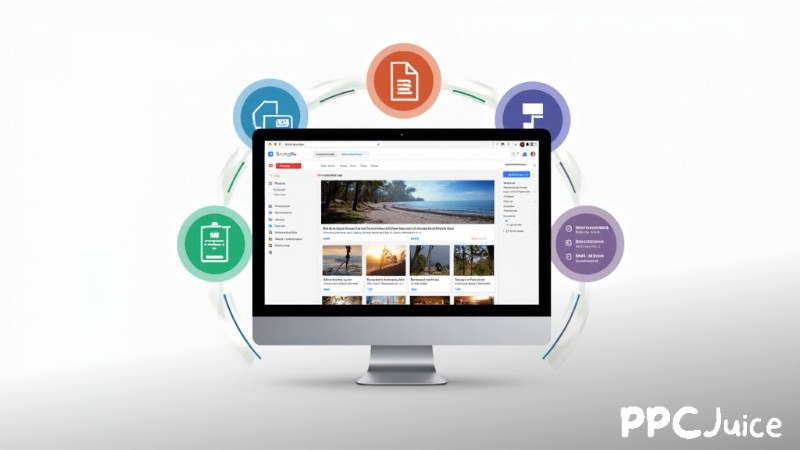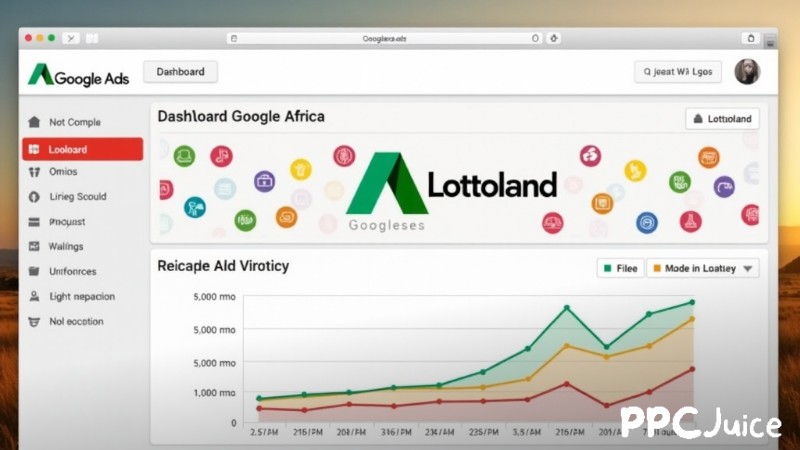
Adverts that people see too often can lose their impact, causing viewers to tune them out and stop clicking.
This problem, called ad fatigue, is a big concern today since people see hundreds of adverts every day online. Just like getting tired of hearing the same song on the radio, people can get tired of seeing the same adverts over and over.
Different adverts get tired at different speeds, depending on where they appear and who sees them.
On social media, adverts can lose their punch in just 2-3 weeks, but in places like TV or billboards where adverts show up less often, they can work well for several months. Things like the advert’s design, where it shows up, and who it’s trying to reach all affect how quickly people get tired of it.
Key Takeaways
Ads can lose their impact if seen too often, causing viewers to tune out and stop clicking.
- Ad fatigue is a concern today as people see hundreds of ads daily online.
- Signs of ad fatigue include dropping numbers in clicks, sales, and brand perception.
- To combat ad fatigue, create fresh designs, target interested audiences, and test different approaches to find what works best.
Signs your ads are getting tired
Watch out for dropping numbers in clicks, sales, and how people feel about your brand.
While some say you should change your ads every three weeks or show them only five times to each person, it’s better to look at your own data to decide when it’s time for a change.
If fewer people are clicking on your ads or buying your products, it might mean your audience needs to see something fresh and new.
Don’t guess about how your adverts are doing – look at the actual numbers. Tools like Bliss Point can show you exactly how your adverts perform across different websites and apps, making it easy to spot when they’re going stale.
These tools can tell you important things like how many people click your ads, how much each click costs, and whether people buy something after seeing your advert.
Making better ads
You can fight ad fatigue in several ways: create fresh designs, target people who showed interest before, and show different versions of your adverts.
It helps to space out your advert changes and try new ideas while keeping your budget in mind. For example, you might try changing the pictures, using different colours, or telling your story in a new way.
When you make these changes, think about what you can afford and what you’re trying to achieve.
Simple updates to colours, fonts, and messages can make ads feel new again without spending too much money. Sometimes small changes, like updating the headline or trying a new image, can make a big difference to how well your ad works.
Checking if it’s working
Good advertising means using clever strategies and spending money wisely. Keep watching how your adverts perform and make changes before people grow tired of them.
Testing different approaches helps you find what works best for different groups of people. You might find that some groups like bright, fun adverts while others respond better to simple, straightforward messages.
If you stay on top of these strategies and keep checking your results, your ads can keep working well over time. Success comes from finding the right mix of creative ideas and looking at what the data tells you. The key is to make decisions based on real results rather than just guessing what might work.
Making ads last longer
Keep a close eye on how your adverts are doing and change them when needed to keep people interested.
By watching the numbers carefully and making clever changes, your ads can stay effective across all platforms. Think of it like tending a garden – you need to look after it regularly to keep it healthy and growing.
The secret to long-term success is being ready to adapt when things change. Regularly check how well your adverts work and update them before people get bored. This helps you get the most from your advertising money while keeping your audience engaged.

